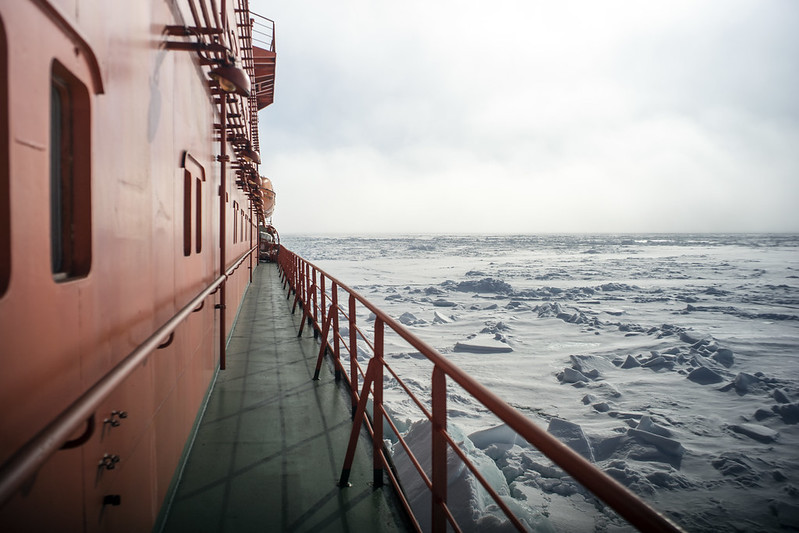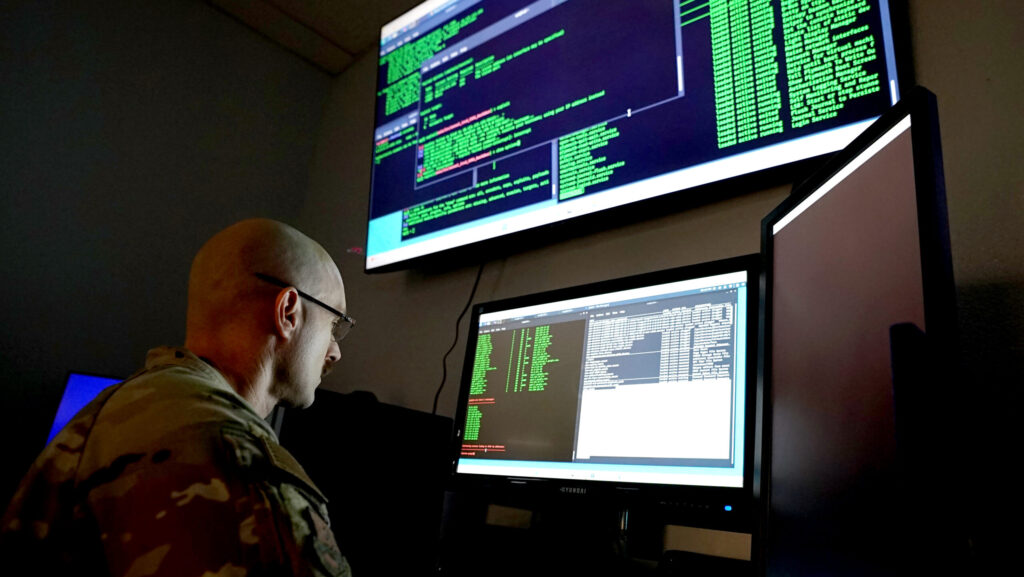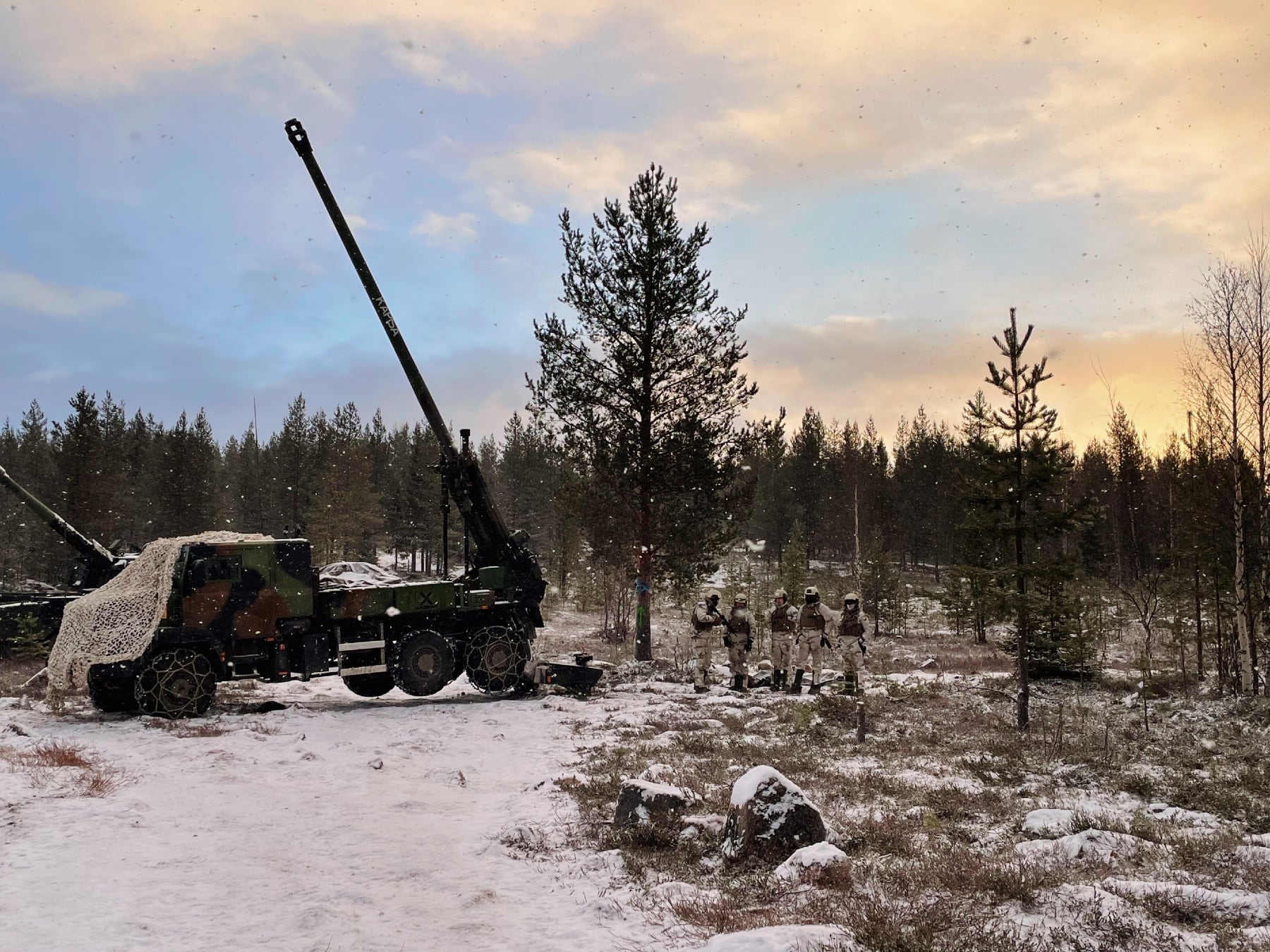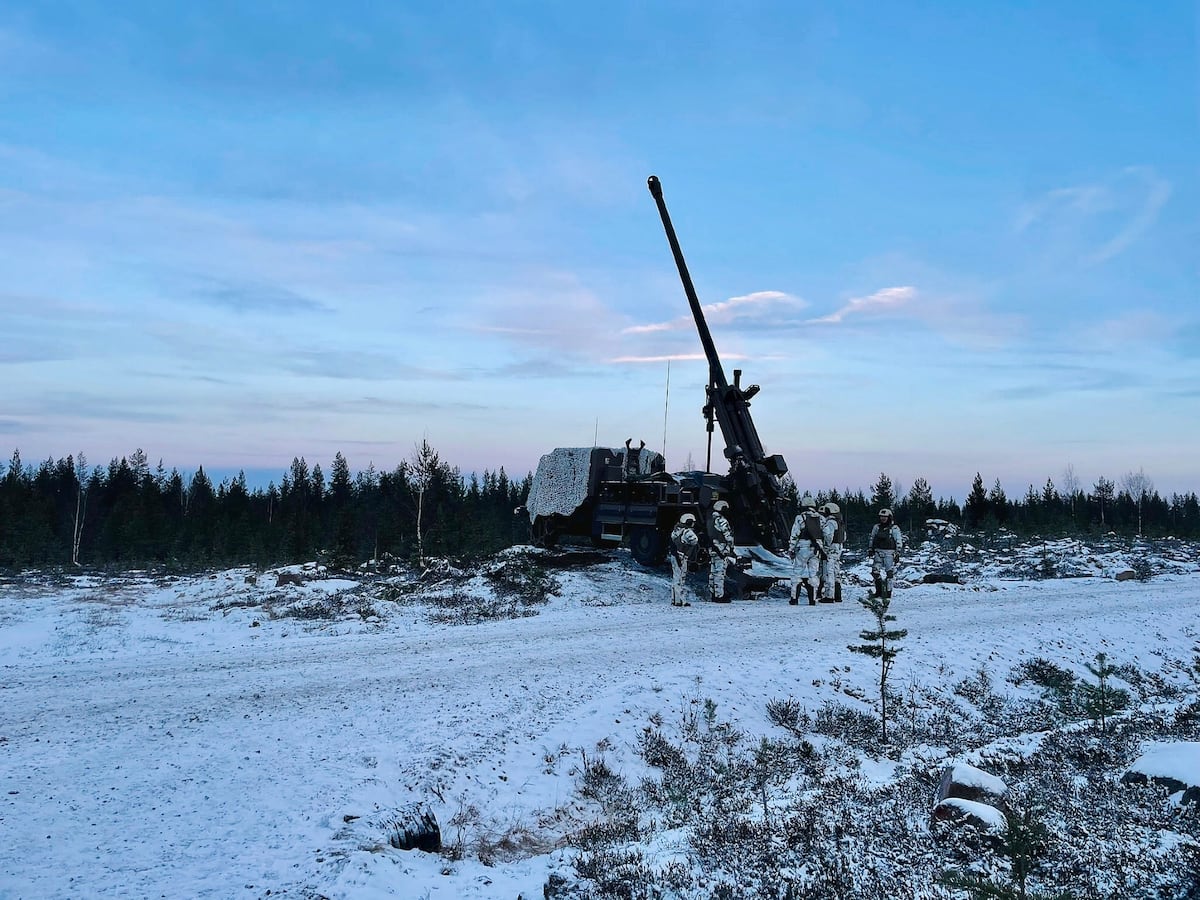GR66
Army.ca Veteran
- Reaction score
- 4,606
- Points
- 1,160
FinnmarkThis has been a perennial issue for Norway, and Canada too...
Norwegian MoD Stresses Importance of Enough People in Northern Norway
Bodø (High North News): The Norwegian government wants to strengthen defense in the far north and establish the Finnmark Brigade. According to the MoD, securing settlement in this region is high on the agenda. "If things get really serious, we are dependent on civilian society and the function of total defense," he says.
"There is construction activity nearly wherever you turn in Porsangmoen in Finnmark county. The development is very positive. This was a garrison close to decommission a few years ago," says MoD Bjørn Arild Gram (Center) in an interview with High North News.
The government's new long-term plan for the Norwegian Armed Forces places great emphasis on strengthening the Army and building a brand new Finnmark Brigade in Norway's northernmost county.
"The government is strengthening the Armed Forces in general. We need a greater defense with more modern capabilities. We build from what we have, and a build-up of the Finnmark land defense is already taking place," says Gram.
New military land structure
The Finnmark land defense consists of the garrison in Sør-Varanger, Porsanger Batallion, and Finnmark Home Guard District (HV-17).
"We see the potential in developing the Finnmark land defense to brigade size, which will allow this complex force to operate more independently," says Gram.
A brigade typically consists of about 3000 to 5000 soldiers. Today, Brigade Nord, with its focal point in Inner Troms, is the only brigade in the Norwegian Armed Forces.
The MoD explains that the major investment in the Finnmark Brigade involves a new infantry battalion, artillery battalion, and a number of new elements connected to military police, management, and logistics. The Home Guard will also be strengthened in the North, with anti-tank warfare and air force capacities.
"This is a collective investment based on what is already under construction."
Norwegian MoD Stresses Importance of Enough People in Northern Norway (highnorthnews.com)
Area: 48,618 sq km
Population: 75,540 (2019)
Yukon
Area: 482,443 sq km
Population: 45,384 (2024 est)
Finnmark is 1/10th the size of the Yukon and has 1.66 times the population.
The vast size of Canada's Territories and the incredibly small population there really is a huge challenge for the CAF compared to what other NATO arctic countries face. We really need a concerted all of government effort to develop the North in order to support the services, population and economy we need there to properly secure and defend our sovereignty.
















